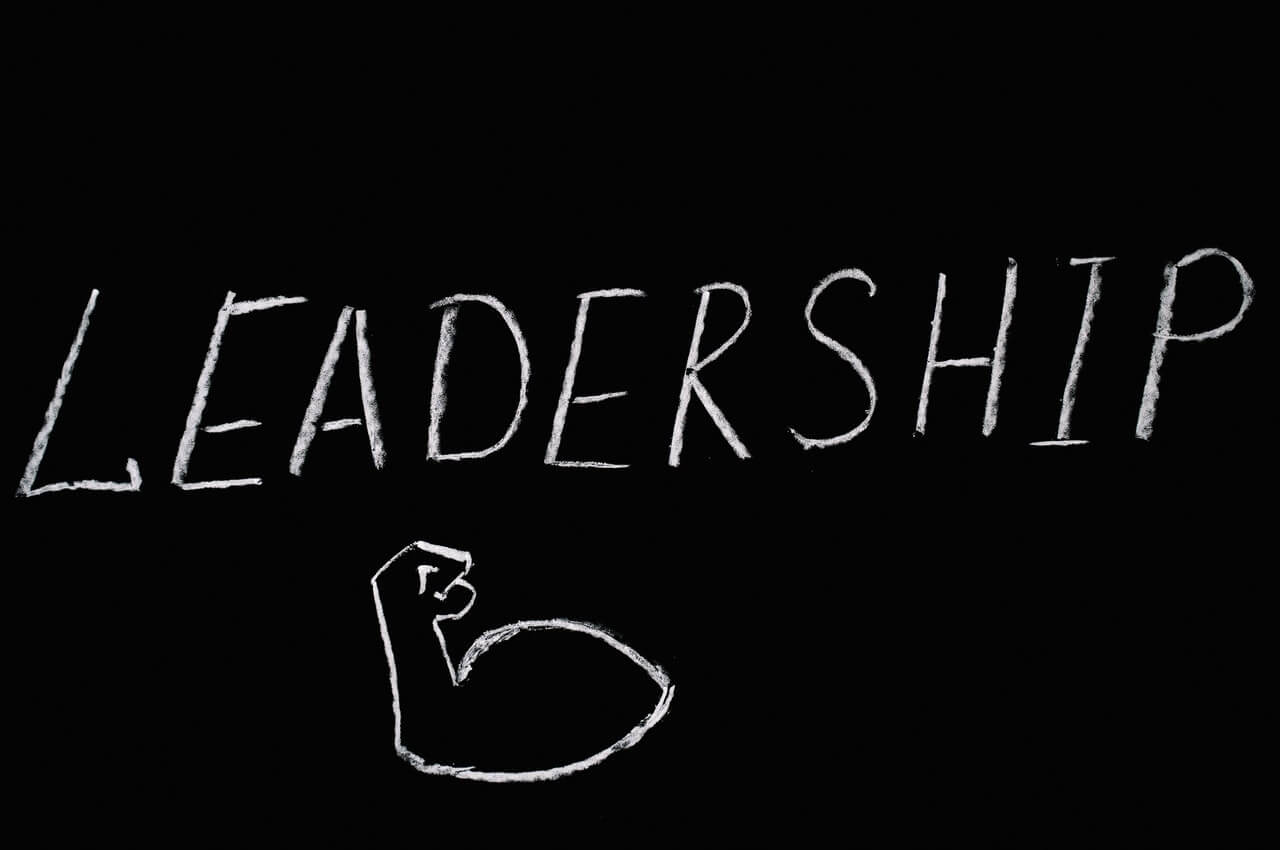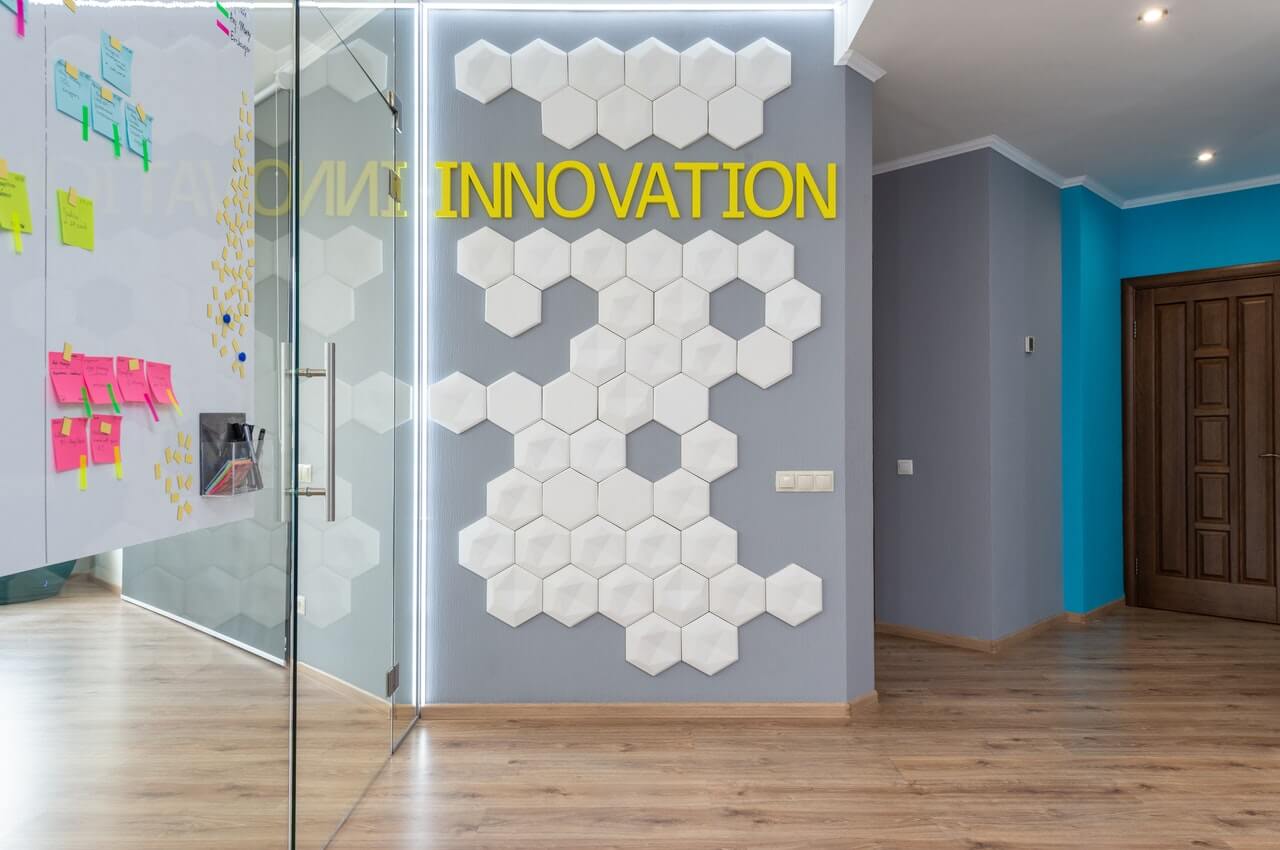Free Advice Too Often Backfires On You
During a recession when potential clients are more reluctant to pay consultants for services, it can be very enticing for consultants to do almost anything to win contracts, even to do a lot of free consulting — to give away what the consultants otherwise would be paid for.
For example, I recently had 3 phone calls with a potential client who was considering me to teach their employees how to facilitate strategic planning. I really wanted that work. So in each call, I tried hard to convince the potential client of why they should hire me. In each call I explained more detail about how the employees should facilitate. I even freely sent a book I had written on how to facilitate planning. A week ago, they told me they decided not to hire me, and would do the facilitator training themselves. I’m haunted by how much their decision was based on the free advice and materials I had given them.
New consultants far too often give away far too much. They’re trying to land those first few projects to get their consulting business started. Experienced consultants have learned that free advice too often convinces clients that your services aren’t worth that much or that they could merely do the project themselves. Free advice can also convince clients that, if they do contract with you, you shouldn’t be paid very much.
So how do you know when you’ve given away too much to the potential client?
Different Philosophies About Giving Away Value
Philosophy — Give It Away and It’ll Come Back to You
I’m a big believer in this philosophy, but only to a general audience. I’ve “donated” probably 3,000 hours over 15 years in providing one of the world’s largest collections of free resources for organizations at managementhelp.org. That Library has paid for itself many times over, especially by showing my strong expertise, resulting in clients hiring me. But those free resources were to a wide general audience. What do you give away to one potential client when they’re thinking about hiring you?
Philosophy – Give Free Consulting to Show Expertise, to Establish Credibility
Research shows that fear is a great motivator, but only for a short time. Free advice is the same. Some free advice in the first conversation with your potential client shows that you know what you’re talking about. The second time you offer it for free, you’re conveying you’re too eager to get the work – that you’ll continue to work for free or for a very low fee. It shows you’re an inexperienced consultant.
Philosophy — There’s No Free Lunch
Another philosophy is that the value of your services should not be given away, any more than you should work a job for free without getting paid. The basis for any successful consulting project is the exchange of fair value between the consultant and client. The consultant provides value in the form of advice or materials, and the client provides value back to the consultant (hopefully in the form of paid fees. If this exchange does not include equal value for both sides, the relationship will not continue. That premise has been verified for centuries and is the basis for capitalism.
It’s a favor, a benefit, to the potential client to know that the consultant’s help has value and should be paid for. It helps the client to appreciate and respect the consultant. It helps the client know the true costs in successfully operating his or her organization. It also avoids the client being hurt from the delusion that free help should always be readily available during a crisis. There is no ongoing entitlement.
Basic Guidelines to Quickly Gain Credibility, Get Projects – and Be Paid
First Clarify Desired Results
Actually, it’s best to work with the client — not at the client — to get him or her to describe what success looks like. Ask the client “What would be a successful project for you?” Is it decreased employee turnover, increased profit or successful operation of a technical system? What would that success look like to the client?
Then Explain the Nature of How You Work
For example, explain that, 1) during the project, you always ensure the client can solve those types of problems by themselves in the future; 2) always keep the client’s information confidential and 3) stay in constant communications with the client.
Then Suggest an Overall, Problem-Solving Framework
Briefly describe what has been a successful, overall approach for you in the past. Describe the overall steps or phases. Make it simple. Describe general guidelines, but not procedures. For example, if you were explaining to your child how to go to the store, you’d tell him what sign-posts to look for and how far between them. You wouldn’t tell him to put one foot in front of the other or the color of each house to go by.
Tell your client, for example, that: 1) you first clarify the problem’s cause from its symptoms; 2) you have several different approaches you can use (you might simply list them), 3) you implement the best approach and 4) verify that the approach worked.
Don’t describe the detail of how you do that work, for example, don’t explain, “Do this and then do that. If that doesn’t work, then do that instead. It’s easy.”
Don’t Ever Say “It’s Easy”
If it was so easy, then your potential client wouldn’t be calling you. “It’s easy” might make the client appreciate your consoling and assurance. However, it also might convince the client that you’re only needed for a few phone calls. Or it might convince the cash-poor client that you’re really not needed after all. It might convince the client that, if you are hired, you won’t be needed for long and that you certainly shouldn’t be paid much. (If the project later turned out to be harder than you thought, you would have hurt your credibility by having said earlier, “It’s easy.”)
Always Quickly Follow-Up With a Proposal and Contract
If you’ve followed the above guidelines, then a proposal (or Statement of Work) should be easy. It’s not uncommon that the focus and scope of projects change when implementing the projects. Project managers call it “project creep.” Rarely do clients want to pay more for the consultant’s additional work from the changes. So it’s important to be real clear in the first communications with clients. Proposals can do that. (One of the best ways to know what to say in a call with a potential client is to look at the content of proposals. See Proposals.)
So that’s when I really start ratcheting up my focus on formalizing a project, e.g., I’ll say something like “I’ve got some other “formalized” projects to attend to, but let’s turn this into a project for you, too, so I can really focus my attention on your situation. What do you think of the proposal I sent you?”
Always have a contract, especially about the roles and ownership of the client and you. In today’s litigious society, clients often want to own what the consultant brings and develops for the project. Be clear about what you own. A simple search on the Web will give more suggestions about the content of proposals and contracts.
If You Really Want Your Services to Be Free, Then Say So
If you feel you really have to give away some value for free, here’s how to do it. Always say, “I’m going to give you some free advice here.” Help the client understand your services are very valuable and, if the client contracts with you, the client will be getting a highly valued asset — and that you respect the client and yourself enough to acknowledge that asset.
Also See
- First Set of Questions to Ask Your Potential Client
- Proposals
- Contracts
- How to Start a Consulting Business
- Consulting
- Organizational Development
—————————–
Carter McNamara, MBA, PhD – Authenticity Consulting, LLC – 800-971-2250
Read my weekly blogs: Boards, Consulting and OD, Nonprofits and Strategic Planning.







